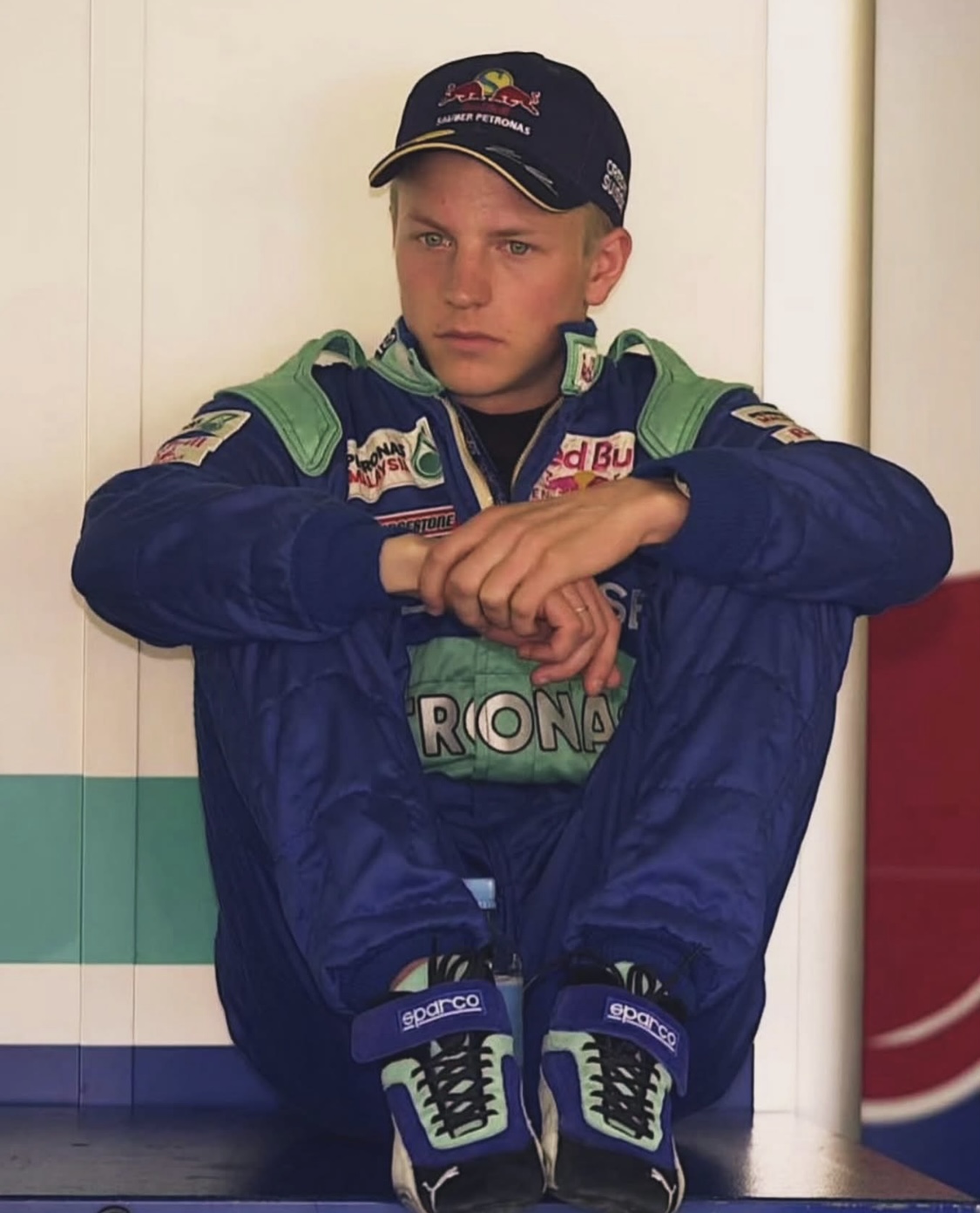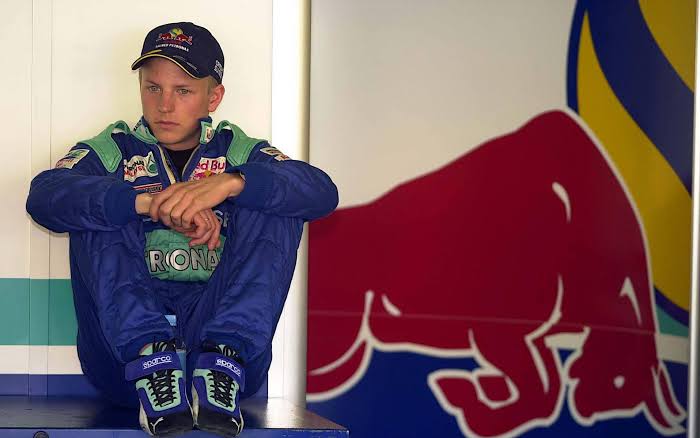In the quiet corners of the Jerez circuit in December 2000, a virtually unknown 21-year-old Finnish driver stepped into a Formula 1 car for the very first time. Kimi Räikkönen had no major racing pedigree, no flashy junior record in Formula 3 or Formula 3000, and barely any name recognition outside of karting and British Formula Renault circles. But what happened that day would mark the beginning of one of the most enigmatic careers in modern motorsport.
Räikkönen’s opportunity came from the Sauber F1 team, which had been keeping a close eye on his performances in the UK. While other teams chased drivers with years of experience, Sauber rolled the dice on raw, unfiltered talent. Kimi had only competed in 23 car races before the test. That fact alone had many insiders raising eyebrows. Giving him a Formula 1 test seemed absurd—until he hit the track.

There was no media spectacle, no entourage, and no rehearsed quotes. Just a young Finn in an oversized racing suit, strapping into the Sauber C19. From the moment he rolled out of the garage, his calm approach stood in stark contrast to the high-pressure atmosphere of Formula 1 testing. Where other rookies might have shown nerves or overdriven the car, Räikkönen looked disturbingly composed.
Observers were stunned. Kimi’s car control was impeccable. His lines were smooth, braking consistent, throttle application razor-sharp. He wasn’t just surviving — he was impressing. Engineers reported back that he was delivering detailed, focused feedback as if he’d been testing F1 machinery for years. Yet outside the car, he barely spoke more than a few words. One mechanic later described him as “freakishly relaxed — like it was a go-kart.”
By the end of the test, Räikkönen was lapping within half a second of Pedro Diniz, one of Sauber’s regular race drivers. For a rookie with zero experience at that level, the pace was outrageous. It wasn’t a fluke either — his consistency lap after lap told the real story. Kimi didn’t just look fast; he was fast. And crucially, he was calm about it.
Still, controversy loomed. The FIA, led by Max Mosley at the time, was hesitant to grant Räikkönen a super license. The idea of putting someone with so little experience into the world’s most elite racing category seemed reckless. But Sauber fought hard, citing telemetry, data, and firsthand reports from Jerez to prove he was ready. Ultimately, the FIA gave in — but only with the condition that his early performance in the 2001 season would be closely monitored.
The Jerez test became the turning point that legitimized Kimi Räikkönen’s place in Formula 1. He hadn’t charmed his way into the sport with charisma or sponsorship backing. He hadn’t wowed crowds with a junior title in a major series. He simply sat in the car and let the stopwatch do the talking. It was, in every way, a performance that rewrote the rulebook.
From that point on, the mystique of “The Iceman” began to form. He didn’t seek the spotlight, didn’t play politics, and rarely gave the media more than a short sentence. But on track, he delivered — time and again. It was that very attitude, foreshadowed at Jerez, that would become his trademark for the next two decades.
A few months later, Kimi debuted in Melbourne with Sauber and finished sixth, scoring points on his very first Grand Prix. Within two years, he was signed by McLaren. By 2007, he was a world champion with Ferrari. But it all started on a quiet Spanish circuit, where a young man with ice in his veins turned a routine test into the beginning of legend.
Looking back, that first F1 test feels like a perfect metaphor for Räikkönen’s career. No drama, no hype, just speed and silence. And in a sport that so often rewards spectacle, that simplicity made him unforgettable.

